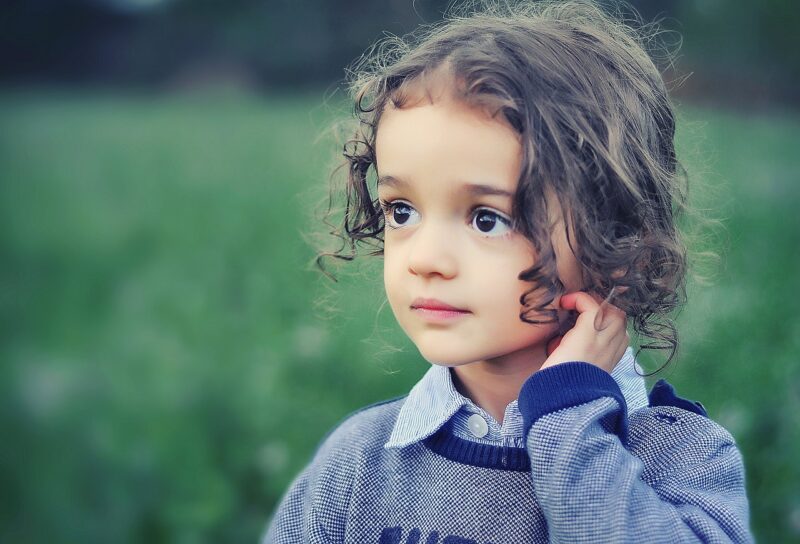The Strangest Hairstyles in History and Why People Embraced Them
November 13, 2024

Hairstyles are a constant in the tapestry of human culture, reflecting not just individual styles but the ethos and identity of entire eras. From lavish wigs to vibrant colors, hairstyles have evolved over centuries, and some of them stand out as particularly strange. In this article, we will explore some of the strangest hairstyles throughout history and the social contexts that made them popular.
1. The Phrygian Cap: The Birth of Freedom
The Phrygian cap, often simply referred to as the liberty cap, traces its origins back to ancient Phrygia in Asia Minor. It is characterized by a soft, conical shape that flops over at the top. The cap saw a revival during the French Revolution, symbolizing freedom and the fight against tyranny.
In a striking departure from the rigid hairstyles of nobility, revolutionaries embraced this cap as a symbol of the new republic, representing their break from monarchical restraint. Today, it’s remembered as an emblem of liberty in various contexts.
2. The 18th Century Wig: A Statement of Status
Wigs were a hallmark of 18th-century fashion, especially in Europe. Men and women alike wore elaborate wigs that could reach great heights and were often adorned with accessories including feathers, ribbons, and even small pastries.
These wigs not only served as a fashion statement but also as a demonstration of social status. The bigger the wig, the higher one’s standing in society—and this led to some, quite literally, outrageous designs. Despite being impractical, including high maintenance and the use of white powder that could flake, they reflected the extravagant lives of the upper class.
3. The Mullet: Business in the Front, Party in the Back
The mullet is an enduring hairstyle that emerged in the 1980s and is often regarded as quirky. Characterized by short hair in the front and long hair at the back, the mullet became synonymous with various cultural icons from that era.
Initially popularized by the likes of celebrities such as Billy Ray Cyrus and Joe Dirt, the mullet represented a carefree attitude towards fashion and was often embraced by individuals who smashed the boundaries of traditional hairstyles. Its resurgence in recent years can be attributed to a nostalgia for the 80s and a desire to embrace individualism.
4. The Viking Top Knot: Warrior Identity
Viking warriors were known not only for their fierce reputation in battle but also for their distinctive hairstyles. The top knot was a common style among those who wanted to keep their hair tidy while also showing off their status. Similar to a samurai bun, the top knot was often complemented by braids and intricate designs.
This hairstyle was particularly significant as it showcased the warrior’s identity and strength. Maintaining such a hairstyle showcased their pride as warriors—symbolizing not just beauty but also a connection to their cultural heritage.
5. The Bedazzled Hair of the Renaissance
During the Renaissance, European women took hairstyles to unprecedented heights. Elaborate updos adorned with jewels, feathers, and other decorative elements defined this period. Royalty and the wealthy elite often sported such hairstyles to showcase their affluence, with the hair itself becoming a canvas for creativity.
These intricate designs took hours to create, often requiring the help of multiple servants. This not only demonstrates the commitment to fashion during a time of cultural rebirth but also emphasizes the societal pressure to maintain an appearance of wealth and power.
6. The 1960s Beehive: The Hair of Rebellion
The beehive hairstyle, a trademark of the 1960s, symbolizes the era of rebellion, empowerment, and the feminist movement. With its towering height, the beehive often required multiple cans of hairspray and a great deal of effort to maintain.
Embraced by icons such as Amy Winehouse and the Supremes, the beehive became a statement of individuality, showcasing attitudes of independence that accompanied the cultural shifts of the time. While many considered it extravagant, it inadvertently became a tool for women’s liberation, allowing women to express their strength and confidence.
7. The Liberty Spikes: Punk Rock Attitude
Originating from the punk movement of the late 1970s and 1980s, the liberty spikes hairstyle features hair that stands straight up, often styled into sharp points. This rebellious hairstyle was emblematic of the punk culture, emphasizing the rejection of mainstream norms and an embrace of the outsider identity.
The liberty spikes reflect not just fashion but also political statements, with punks often using their hairstyles to challenge societal norms and express dissent. Over time, this hairstyle has remained a visual artifact of punk history, immortalized in various art forms.
Conclusion: Hair as a Cultural Narrative
Hairstyles have never just been about aesthetics—they’ve often represented deeper cultural narratives, societal values, and personal identities. From symbols of freedom to expressions of rebellion, the strangest hairstyles in history spotlight how hair can speak volumes about who we are, where we come from, and the eras we live in. Exploring these hairstyles is a fascinating journey into the complexities of human culture and the myriad ways we shape our identity.
As we look to the future, it’s likely that hairstyles will continue to evolve, reflecting the values of new generations and the ongoing dialogue about freedom of expression.






